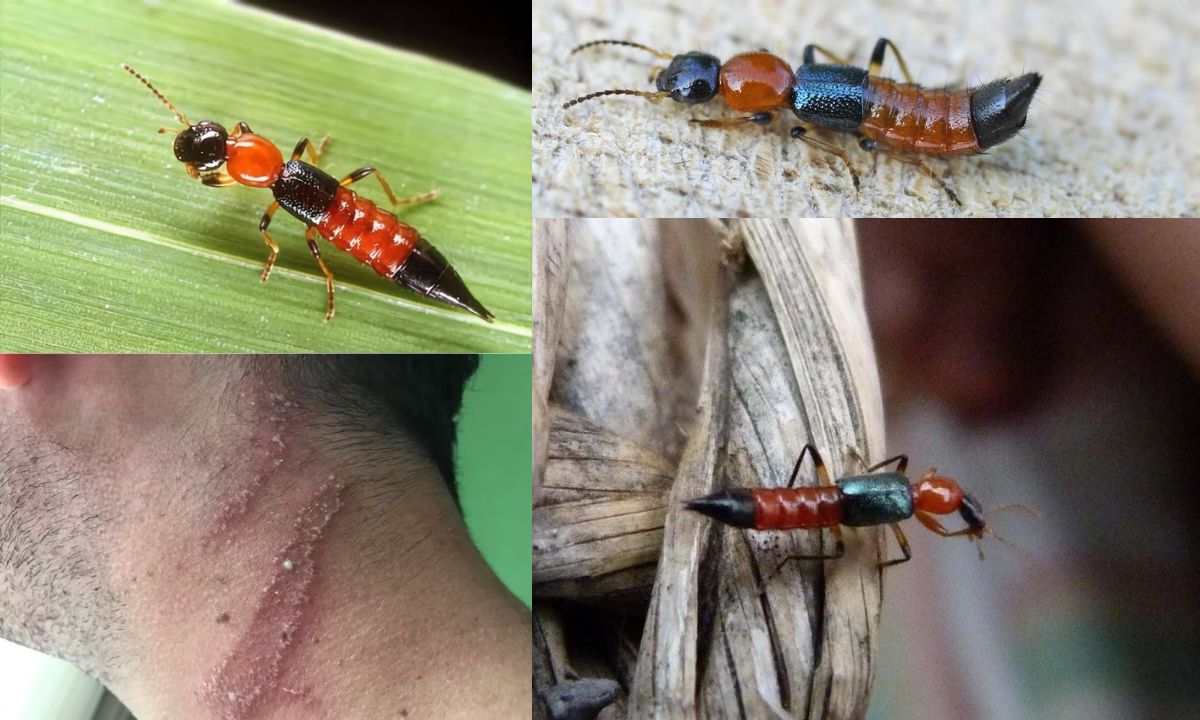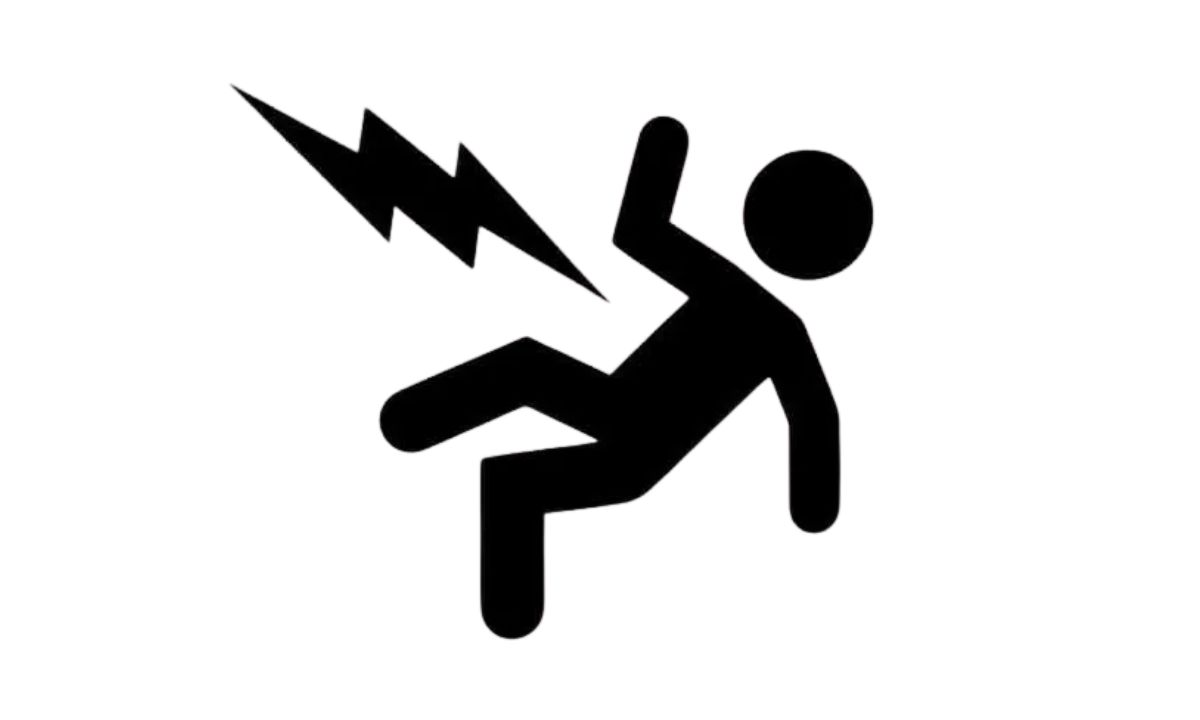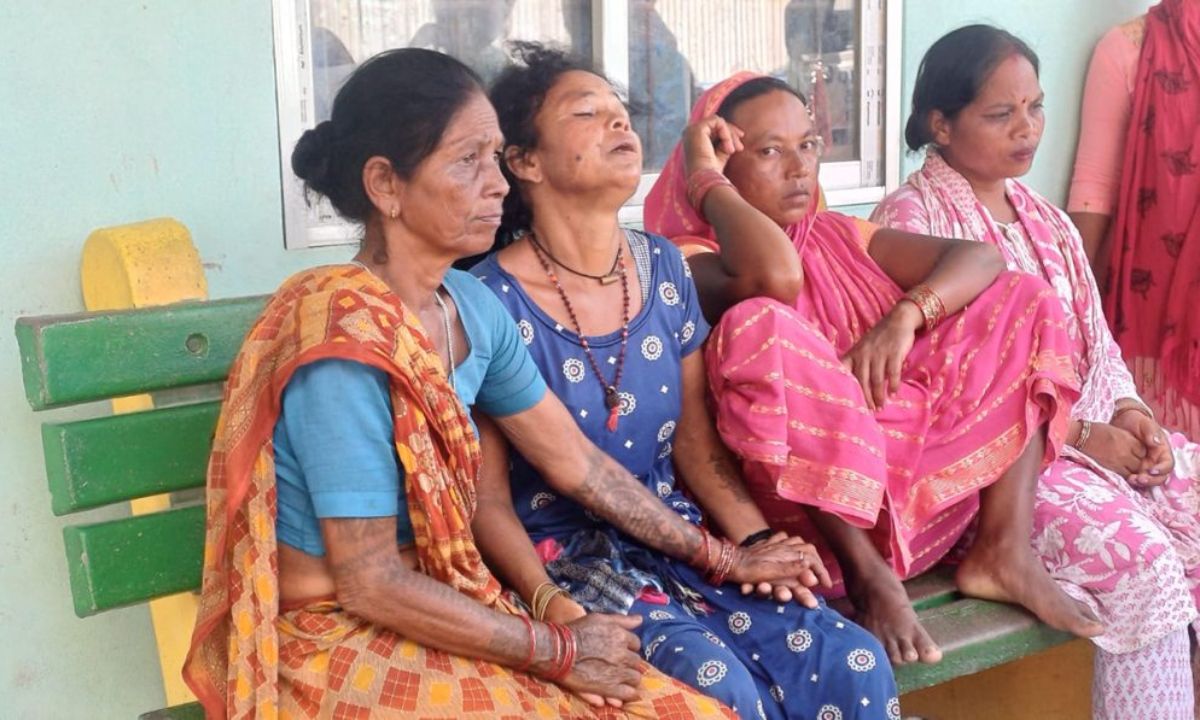As the rainy season begins, a tiny insect called the nairobi fly is becoming a health concern in parts of Nepal and northern India. Doctors and health officials are urging people to stay cautious and take preventive steps to avoid skin problems caused by this insect.
The nairobi fly is a small, red and black colored insect that belongs to the paederus genus. Originally from Africa, it has now spread to Nepal and India due to climate change, urban development, and rising temperatures.
Although the insect itself doesn’t bite or sting, it carries a toxic chemical called pederin. If the insect lands on your skin and you try to swat or crush it, this chemical is released and causes severe skin irritation.
When the chemical pederin touches human skin, it can cause symptoms like redness, burning, swelling, and even blisters or wounds. In some cases, the infection can become serious due to scratching or a secondary infection.
Here are common symptoms:
- red patches or marks on the skin
- itching, burning, or stinging sensation
- blister-like wounds or open sores
- eye irritation if it comes in contact with the eyes
- in rare cases, the infection can lead to cellulitis or sepsis
Usually, the affected area heals in 1 to 2 weeks, but if not handled properly, it can get worse.
People who are more likely to be exposed include:
- those sleeping with open windows at night
- farmers, gardeners, or people working outdoors
- children and elderly individuals
- anyone not wearing protective clothing in affected areas
Health experts recommend the following tips:
- do not touch the insect – if it lands on you, gently blow it away instead of crushing it
- use bed nets – sleep inside a net to avoid insect contact at night
- keep windows and doors closed – especially after dark
- wear long sleeves and pants – cover exposed skin when outdoors
- reduce outdoor lighting – insects are attracted to bright lights
- keep your surroundings clean – a tidy home reduces insect presence
If you notice a nairobi fly on your skin:
- wash the area immediately with soap and water
- apply petroleum jelly or a mild moisturizer
- avoid scratching the affected area
- if symptoms worsen, visit a skin doctor
- do not use antibiotics or steroid creams without a doctor’s advice







